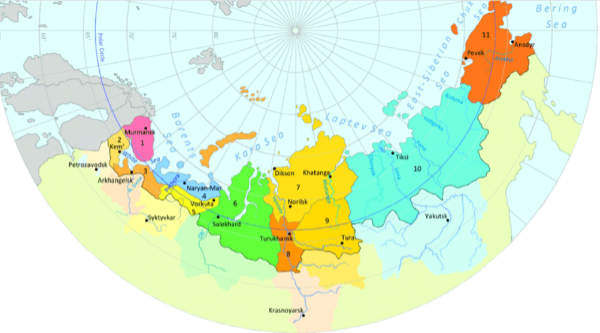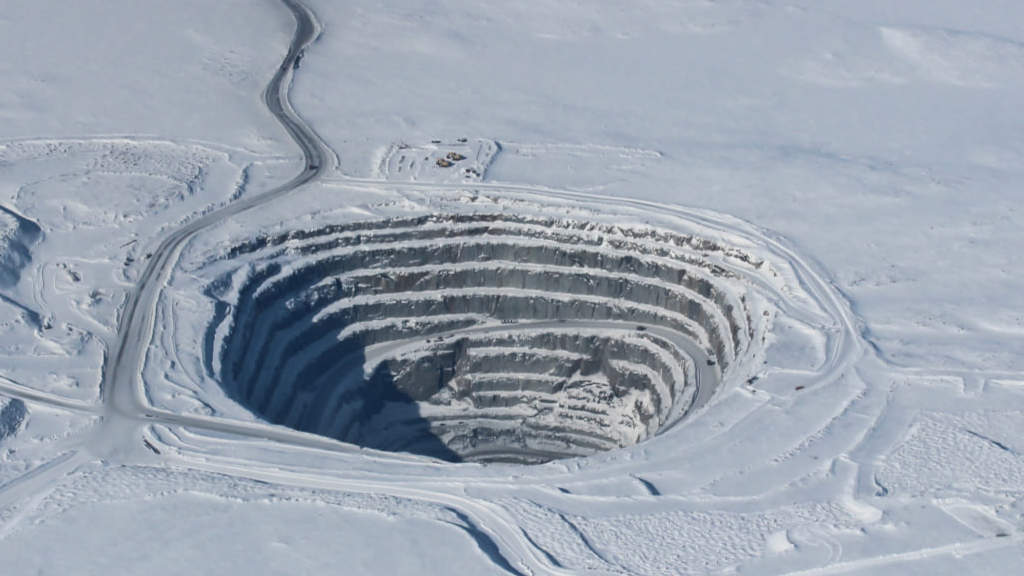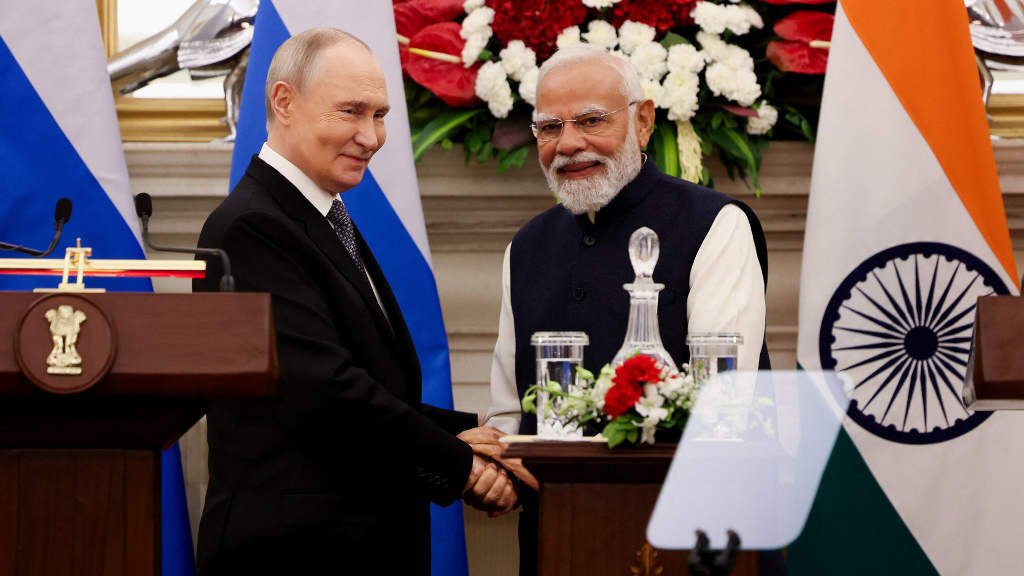Russia’s Ministry of Natural Resources plans to propose introducing a 1.5 multiplier for calculating profit tax for geological exploration in onshore Arctic and Far East territories, according to Alexander Kozlov, the natural resources minister. He was speaking at a State Duma session dedicated to the socioeconomic and infrastructure development of the Arctic.
The use of tax multipliers quantifies how much a change in taxes will affect a country’s Gross Domestic Product (GDP), with a negative sign indicating that an increase in taxes leads to a decrease in GDP. In the scenarios explained by Kozlov, the equation is positive.
Kozlov said that Russia’s Arctic regions contain 31 billion tonnes of reserves and 95 billion tonnes of resources. “Resources still need to be prepared through geological exploration by both the state and companies to convert them into reserves. Of the 31 billion tonnes of reserves, 13 billion are commercially viable. At current production rates, these will last 26 years. A significant portion of these reserves are hard to recover, for which tax incentives were timely introduced, making their extraction profitable.
Today, geological exploration has shifted to hard-to-access Arctic and Far Eastern regions due to geological factors. The Tax Code currently has only one direct measure supporting geological exploration – a 1.5 profit tax multiplier for drilling at new offshore fields. This measure is in demand and has proven to be effective. For example, the major Triton and Neptune fields were discovered in the Sea of Okhotsk. We will consider introducing a similar measure for onshore Arctic and Far Eastern territories to stimulate geological exploration.”

The Russian Arctic contains significant mineral reserves, including 95% of Russia’s platinum group metals, 76% of rare earth metals, 74% of gas, 73% of nickel, 55% of cobalt, and 29% of Russia’s oil.
“For regions like the Nenets, Yamal-Nenets and Khanty-Mansi Autonomous Districts, subsoil use is the primary source of gross regional product. The Arctic has several single-industry towns where extraction enterprises are everything they have. No extraction means no town. Take Vorkuta as an example. Annually, we allocate budget funding for Arctic geological exploration. Subsoil users themselves also invest in geological studies. Combined, nearly ₽175 billion (US$2.2 billion) was invested in Vorkuta last year.”
Further Reading
President Putin’s Speech About Russian Arctic Development: Content and Analysis





